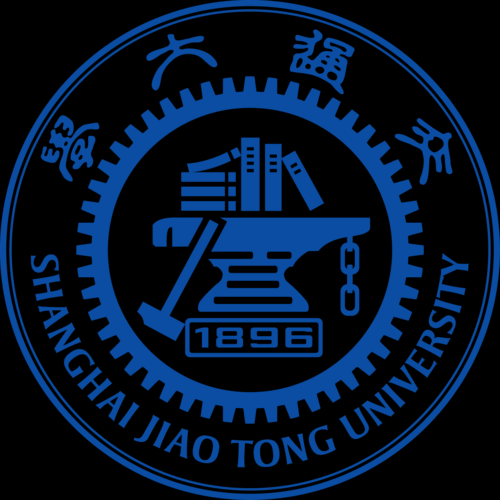A research institute of Jiao Tong University in Shanghai is seeking to build a "scientific talent team" and aims to draw in more than 600 applicants from various fields from home and abroad in three to five years, local Chinese state media reported on Thursday.
Ji Xiangdong, a senior professor at the Tsung-Dao Lee Insititute, told China Daily that the center has already handed out invitations to young scientists worldwide, many of whom are China-born.
The Tsung-Dao Lee Institute was established in November last year after its namesake, the renowned Chinese-American physicist T.D. Lee, who proposed its construction.
Lee was one of the youngest Nobel laureates, having won the Nobel Prize in Physics in 1956 with Franklin C.N. Yang for their work on the violation of the parity law in weak interactions. They were also among the first people of Chinese origin to receive the prize.
The institute is modeled on world-famous research centers such as the Niels Bohr Institute in Denmark and Princeton University's Institute for Advanced Study (IAS) and focuses on particle physics, quantum physics, astronomy and astrophysics, according to a report from the state-owned China Internet Information Center.
The report noted that the institute has already made great strides in the field of quantum physics and dark matter research.
Ji said that team members will be given benefits that will match those in similar institutes, including salary, educational assistance for their children and health insurance.
The center is going to serve as a place where top scientists can gather and as a platform for international communication, he said, adding that the institute may soon become a leader in scientific discoveries particularly in the field of physics.
Ji hopes that the Jiao Tong research institute will become a popular base for scientists and make science a more attractive and "down to earth" amongst the public.



























